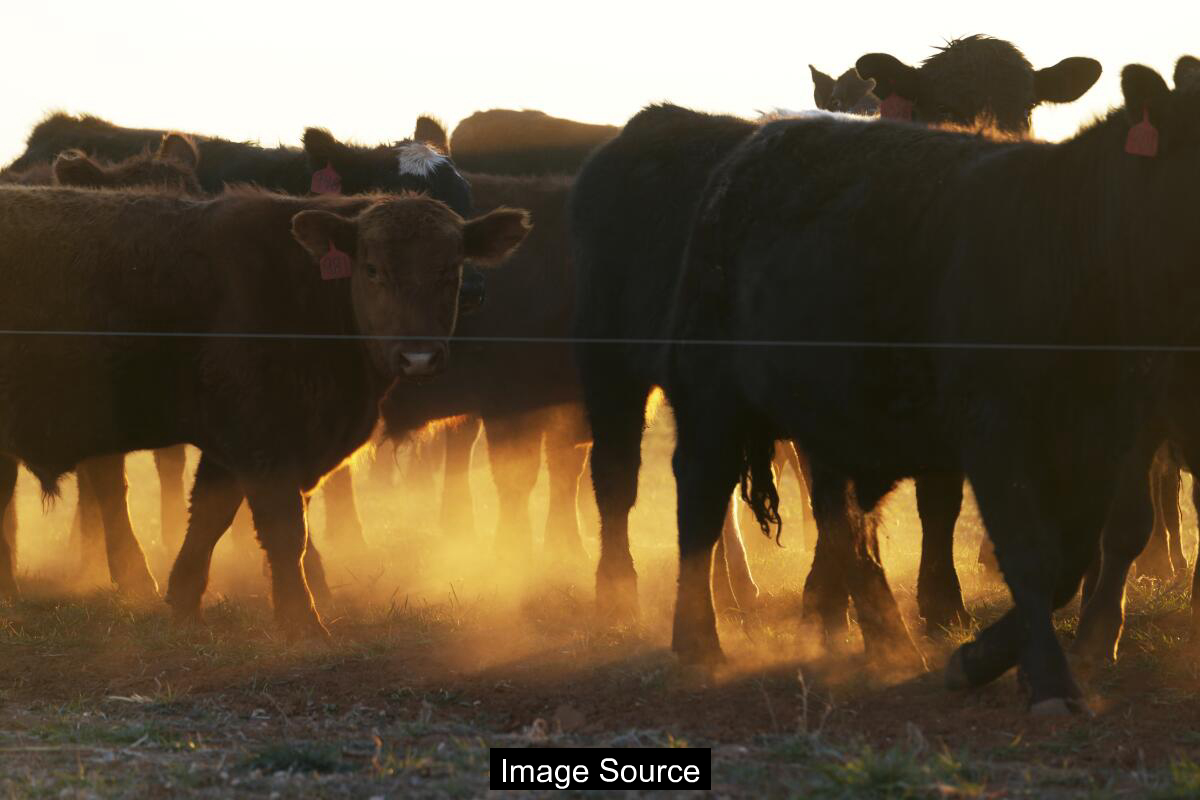Fast food menu prices have climbed sharply over the past year, with hamburger costs rising at nearly double the overall food inflation rate. The ongoing economic pressure reflects broader challenges in food supply chains and increased operational expenses for restaurant operators nationwide.

Climate Change and Beef Prices: A Growing Challenge
The global beef market is experiencing unprecedented pressures from climate change, with rising temperatures and prolonged droughts dramatically impacting cattle production. Ranchers across the southwestern United States are facing significant challenges in maintaining their herds, leading to substantial shifts in beef supply and pricing. These environmental stressors are transforming the agricultural landscape in ways that directly affect consumer food costs.
Drought conditions have been particularly severe in cattle-producing regions, forcing ranchers to make difficult decisions about herd management. When pastures fail to produce sufficient grass, farmers must choose between purchasing expensive feed or sending cattle to slaughter earlier than planned. This dynamic has contributed to a steady reduction in cattle populations, even as consumer demand for beef remains strong.
The economic implications are stark: average ground beef prices have surpassed $6 per pound, with uncooked beef steaks approaching $11.50 per pound. These are the highest prices observed in a decade, reflecting the complex interplay between environmental conditions and agricultural productivity.
Scientific Evidence of Climate Impact
Climate scientists have documented clear connections between global warming and agricultural disruption. A 2020 study revealed that climate change contributed to nearly half the severity of drought conditions in the western United States and northern Mexico between 2000 and 2018. These findings underscore the direct relationship between rising temperatures and agricultural challenges.
The La Niña climate pattern has further exacerbated dry conditions, creating additional stress for cattle ranchers. Higher temperatures not only reduce grass production but also directly impact cattle health and reproductive capabilities. Extreme heat can compromise animal growth rates and extend the time and cost required to raise livestock.
Projections from the Intergovernmental Panel on Climate Change suggest that in high-emissions scenarios, significant portions of current cattle-producing regions could become unsuitable for livestock by 2050. This potential transformation represents a critical long-term challenge for the agricultural sector.
Emerging Threats and Challenges
Beyond drought, cattle ranchers face additional climate-related risks, including the potential resurgence of dangerous parasites like the screwworm. This threat, previously eradicated in the United States, has been making a comeback in warmer regions of Mexico. Climate change could facilitate the spread of such harmful organisms, creating additional complications for livestock management.
The importation of young cattle from Mexico, which typically represents about 4% of U.S. calf production, has been intermittently disrupted due to these emerging biological risks. Such disruptions contribute to market volatility and further pressure on beef prices.
Other compounding factors include higher interest rates, increased input costs, and the inherent biological limitations of cattle reproduction. With most cattle producing only one calf at a time, recovery from herd reductions becomes a slow and complex process.
Market Dynamics and Consumer Impact
The current beef market presents a complex economic puzzle for producers and consumers alike. Ranchers must balance immediate financial opportunities with long-term breeding strategies, knowing that developing a new breeding line can take years of careful management.
Consumer demand continues to grow, creating additional pricing pressures. A female calf born today could either be sold immediately or bred to produce future livestock, with market-ready offspring potentially not emerging until 2028. This extended timeline highlights the intricate planning required in modern cattle production.
The phenomenon of ‘climate inflation’ extends beyond beef, affecting various agricultural commodities and demonstrating the broader economic implications of environmental changes. Prices for multiple food products are experiencing similar pressures from extreme weather events.
Understanding Climate and Agriculture
What causes drought-related challenges in cattle ranching? Prolonged periods of low precipitation, combined with rising temperatures, reduce grassland productivity and force ranchers to make difficult management decisions.
How do climate changes specifically impact cattle production? Higher temperatures affect grass growth, animal health, reproductive cycles, and increase the risk of parasitic infections, all of which complicate livestock management.
Future Outlook
The beef industry stands at a critical juncture, facing unprecedented environmental and economic challenges. Adaptation will require innovative approaches to livestock management, potentially including drought-resistant breeding programs and more sustainable agricultural practices.
Technological and scientific interventions will be crucial in mitigating the impacts of climate change on food production. Researchers and agricultural experts are exploring strategies to enhance livestock resilience and maintain food security.
Consumers can expect continued volatility in beef prices, with potential long-term increases reflecting the complex challenges facing the cattle industry. Understanding these dynamics can help individuals make more informed purchasing and dietary choices.
※ This article summarizes publicly available reporting and is provided for general information only. It is not legal, medical, or investment advice. Please consult a qualified professional for decisions.
Source: latimes.com